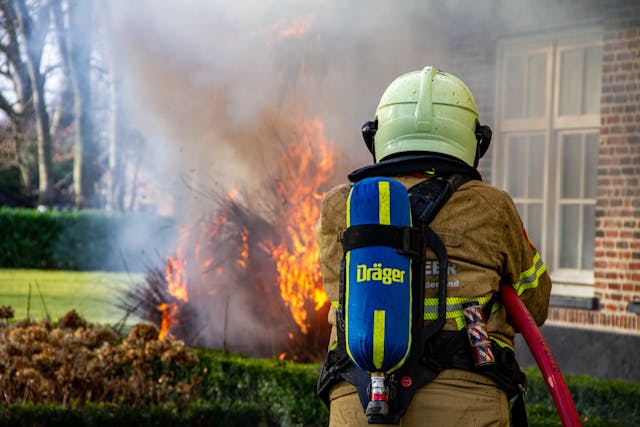Fire safety is an essential aspect of any safe environment, whether it’s a home, office, or industrial facility. A fire safety risk assessment is a crucial process that helps identify potential hazards, evaluate risks, and implement measures to prevent and manage fire incidents. This blog will delve into the importance of fire safety risk assessments, the key components involved, and how to conduct an effective assessment.
What is a Fire Safety Risk Assessment?
A fire safety risk assessment is a systematic evaluation of a building or area to identify fire hazards, assess the risks associated with these hazards, and implement appropriate safety measures to mitigate them. The goal is to ensure that the environment is as safe as possible and to minimize the potential for fire-related incidents.
Why is Fire Safety Risk Assessment Important?
- Protects Lives: The primary purpose of a fire safety risk assessment is to protect the lives of occupants. By identifying potential hazards and assessing risks, you can implement measures to prevent fires and ensure that, in the event of a fire, occupants can evacuate safely.
- Reduces Property Damage: Fires can cause significant damage to property. An effective risk assessment helps in identifying potential fire hazards and taking steps to reduce the likelihood of a fire, thereby minimizing property damage.
- Compliance with Regulations: Many countries have stringent fire safety regulations and standards. Conducting a risk assessment ensures compliance with these regulations, helping to avoid legal issues and potential fines.
- Improves Emergency Preparedness: A risk assessment helps in developing and implementing effective fire safety procedures and emergency response plans. This preparation can make a critical difference in managing a fire emergency effectively.
Key Components of a Fire Safety Risk Assessment
- Identify Fire Hazards:
- Sources of Ignition: Look for anything that could start a fire, such as electrical equipment, open flames, or hot surfaces.
- Sources of Fuel: Identify materials that could fuel a fire, such as flammable liquids, paper, or textiles.
- Sources of Oxygen: Consider ventilation systems or areas with high oxygen concentrations that could support a fire.
- Assess the Risks:
- Likelihood: Evaluate how likely it is that a fire could start from each hazard.
- Impact: Determine the potential consequences of a fire, including the risk to life, property damage, and environmental impact.
- Evaluate Existing Controls:
- Fire Detection and Alarm Systems: Check if the building is equipped with smoke detectors, fire alarms, and sprinkler systems.
- Firefighting Equipment: Assess the availability and functionality of fire extinguishers, fire hoses, and other firefighting equipment.
- Emergency Exits: Ensure that emergency exits are clearly marked, easily accessible, and free from obstructions.
- Implement Preventive Measures:
- Eliminate or Reduce Hazards: Where possible, remove or reduce sources of ignition, fuel, or oxygen.
- Improve Safety Measures: Upgrade fire detection systems, improve firefighting equipment, and enhance fire safety training for occupants.
- Develop and Implement an Emergency Plan:
- Evacuation Procedures: Create clear evacuation routes and procedures, and ensure that all occupants are familiar with them.
- Fire Drills: Conduct regular fire drills to ensure that everyone knows what to do in case of a fire.
- Communication: Establish a communication plan for alerting occupants and coordinating with emergency services.
- Review and Update:
- Regular Reviews: Regularly review and update the fire safety risk assessment to account for changes in the building, processes, or regulations.
- Incident Analysis: Analyze any fire incidents or near misses to identify lessons learned and improve safety measures.
Conclusion
A fire safety risk assessment is a proactive approach to ensuring safety and minimizing the risks associated with fire hazards. By identifying potential dangers, assessing risks, and implementing preventive measures, you can protect lives, reduce property damage, and ensure compliance with safety regulations. Regular reviews and updates to the assessment are crucial for maintaining a safe environment. Remember, fire safety is not a one-time task but an ongoing responsibility that requires vigilance and commitment.
